Perfect hibernation is natural for tortoises, but one mistake from humans can ruin everything.

Tortoises are built for hibernation, a survival strategy perfected over millions of years. Yet, when kept as pets, their natural rhythm collides with artificial human environments, and that’s when accidents happen. Owners often mean well but forget how delicate the process actually is. The result can be life-threatening, even for hardy species. Here’s how tortoises thrive in hibernation and the dangerous things people unknowingly do that put them at risk.
1) Wrong temperatures turn a nap into a tragedy.
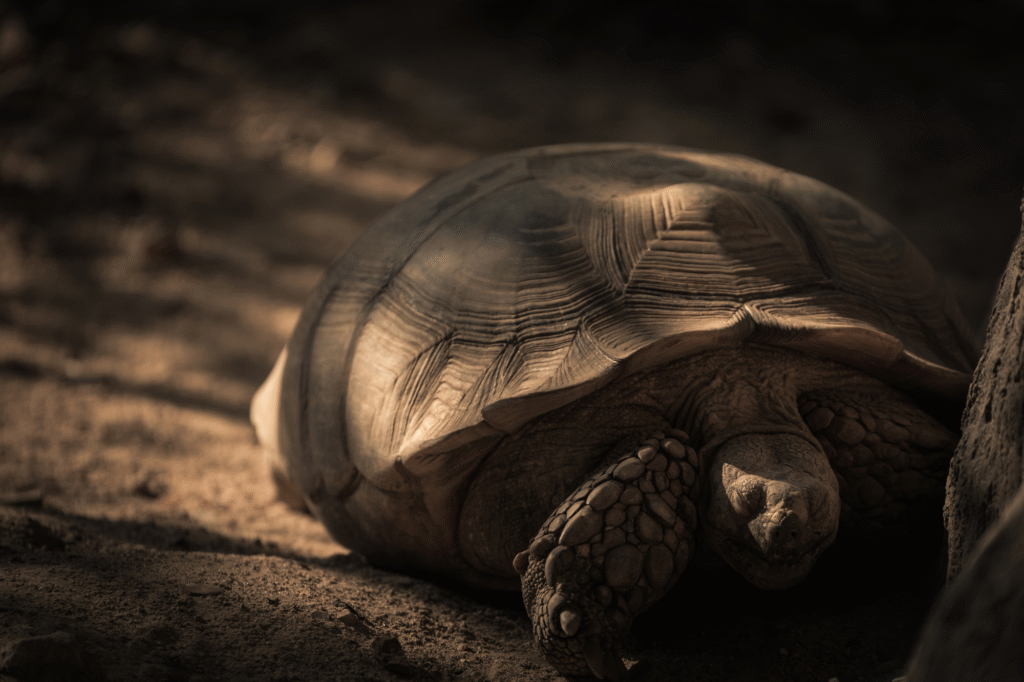
According to the Turtle Conservancy, tortoises rely on precise temperature ranges during hibernation, usually between 40 and 50 degrees Fahrenheit, to slow their metabolism without freezing. Too warm and they burn through energy reserves before spring; too cold and ice crystals can damage tissues or organs. People often use garages or basements assuming they’re safe, but fluctuating temperatures can wreak havoc. A simple digital thermometer can mean the difference between a smooth hibernation and a fatal mistake.
2) Storing them in the wrong place dries them out fast.
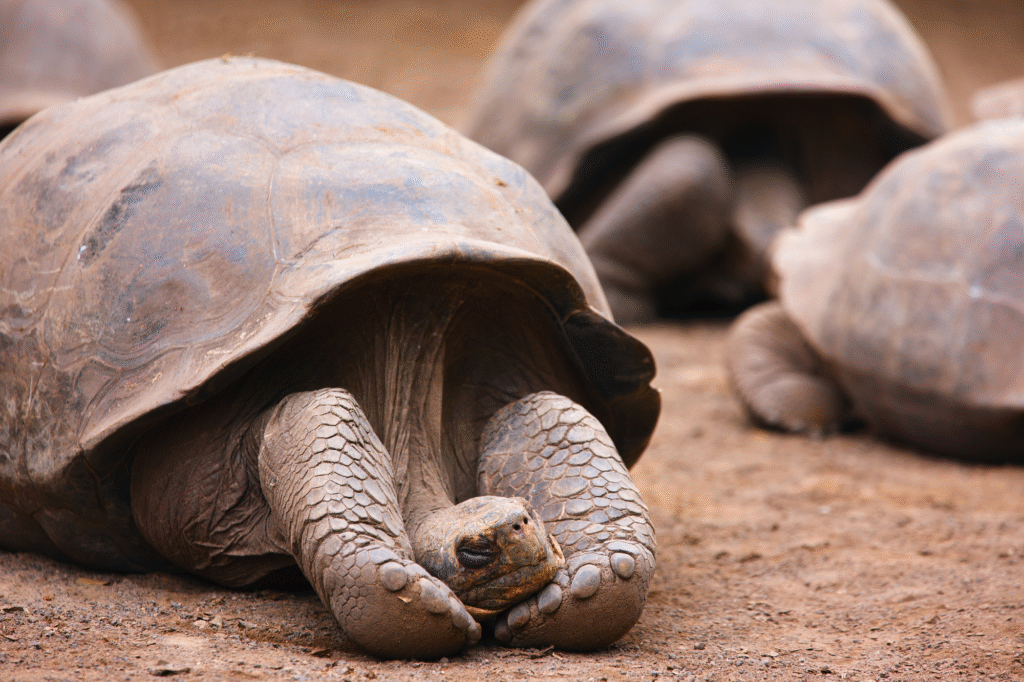
As stated by the British Chelonia Group, low humidity can dehydrate tortoises in hibernation, leading to kidney damage and even death. Owners sometimes keep them in boxes, sheds, or refrigerators without checking moisture levels. Hibernating tortoises aren’t drinking water, so the balance has to be right from the start. A slightly damp substrate or humidity monitoring can prevent dehydration, but too many people skip this step, assuming stillness means safety when it’s actually vulnerability.
3) Skipping pre-hibernation health checks ends badly.
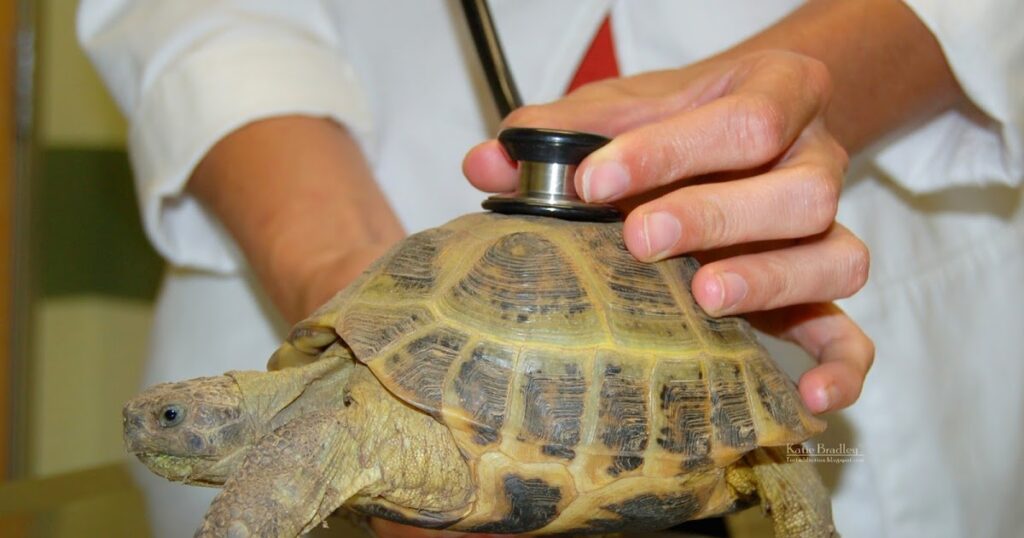
Reported by Reptile Magazine, tortoises need to be in top condition before hibernation because their immune systems slow down almost entirely during dormancy. Even a minor respiratory infection or low body weight can turn fatal once they shut down. Many deaths occur because owners didn’t notice signs like runny noses, soft shells, or parasites before starting hibernation. A vet check ensures they have the reserves and overall health needed to survive months of inactivity safely.
4) Overfeeding before hibernation creates internal chaos.

Giving tortoises heavy meals right before hibernation can leave undigested food in their stomachs. With metabolism slowed, that food rots inside them, producing dangerous gases and bacteria. Wild tortoises naturally fast before the cold sets in, but captive ones rely on owners to replicate that cycle. Reducing food intake gradually and ensuring they’ve fully emptied their digestive tract before hibernating prevents one of the most preventable causes of hibernation deaths.
5) Forgetting to weigh them can be fatal.

Weight loss is natural during hibernation, but too much signals dehydration or illness. Owners who don’t record pre-hibernation and post-hibernation weights miss early warning signs that something went wrong. Even small weight changes can indicate big issues because hibernation already runs on a razor-thin energy budget. A simple kitchen scale can save lives, but it’s often overlooked in favor of quick “they look fine” judgments that prove costly in spring.
6) Handling them too often disrupts the entire process.

Tortoises hibernate best when undisturbed, but curious owners sometimes check on them excessively or even pick them up unnecessarily. Every disturbance slightly wakes them, raising heart rates and burning through precious energy stores. Too many interruptions mean they might not have enough reserves to make it to spring. Minimal, careful checks for breathing and temperature are all that’s needed, and anything beyond that can undo millions of years of perfect evolutionary planning.
7) Using refrigerators without backup plans can fail fast.
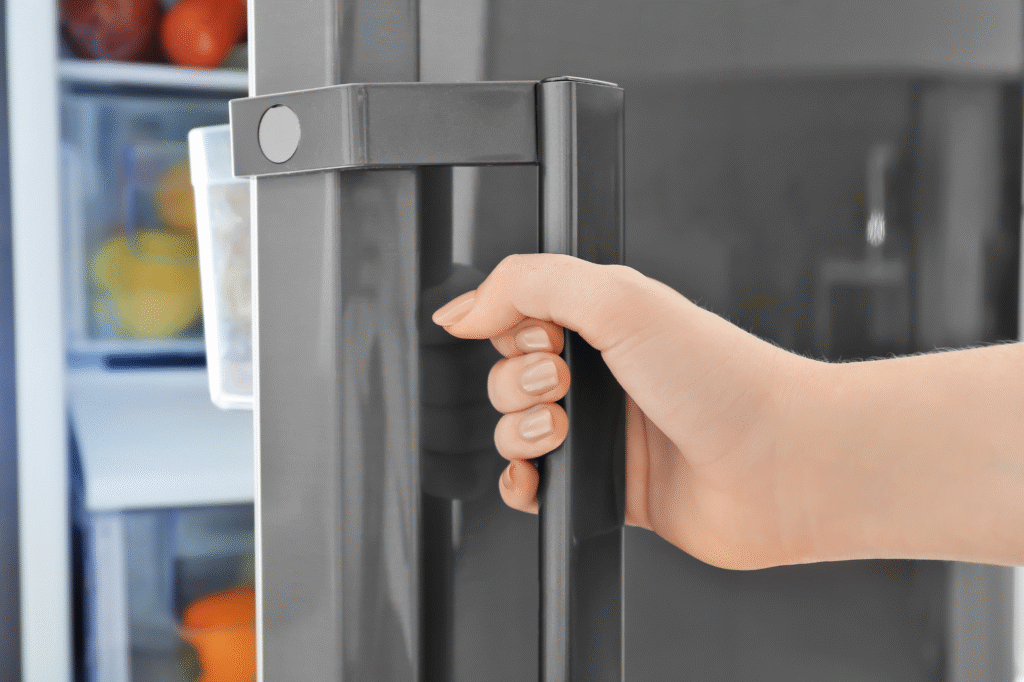
Some owners use fridges to control hibernation temperature, which can work if managed properly. The problem arises when power outages or malfunctions occur, changing conditions without warning. A failed thermostat or door left ajar can swing temperatures wildly, sometimes fatally. Backup alarms or secondary storage options help prevent these disasters, but too many people trust appliances without safeguards. It’s an avoidable mistake that shows how artificial methods carry risks wild tortoises never face.
8) Forgetting spring wake-up care leads to shock.
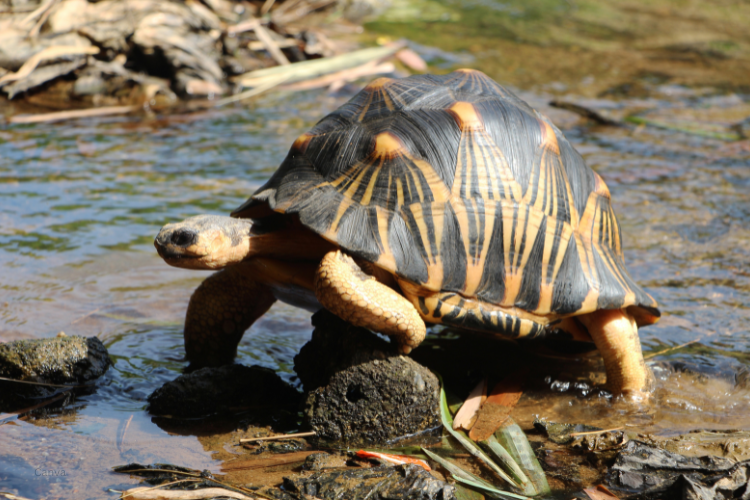
Once temperatures rise, tortoises need gradual rewarming and immediate hydration. Simply placing them in sunlight or feeding them immediately can shock their systems. A slow transition with access to shallow water baths helps restart organ function safely. Skipping this process can cause organ failure or severe stress. Wild tortoises wake naturally with seasonal changes, but in captivity, owners must replicate that gentle pace or risk undoing months of perfectly executed hibernation.
